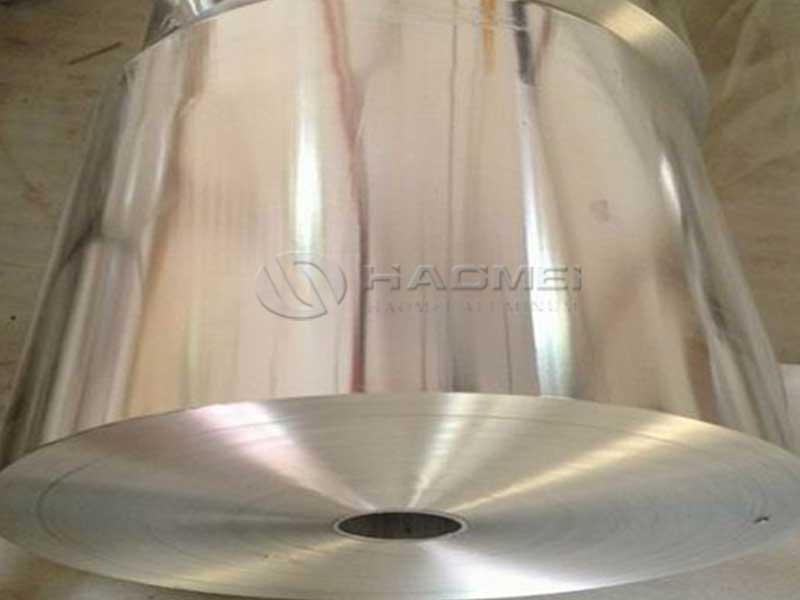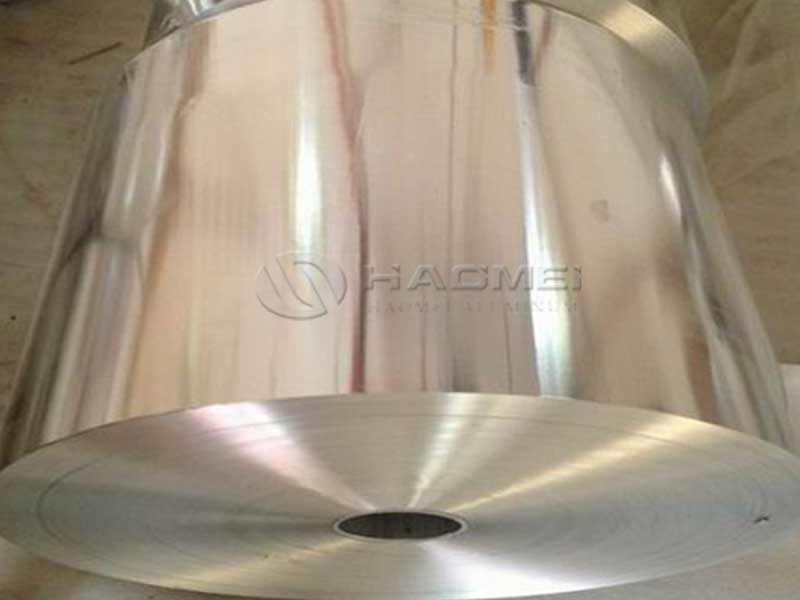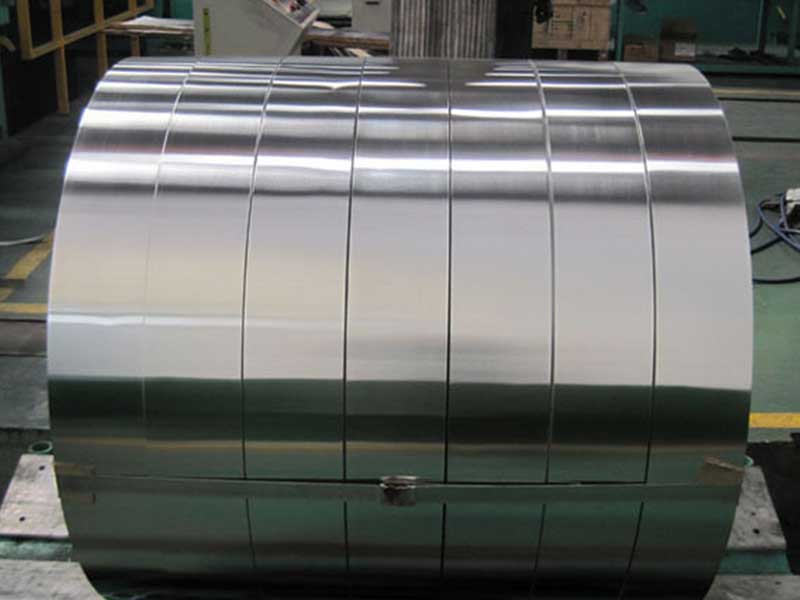2024-09-09 https://www.aluminum-coils.com/a/aluminium-foil-for-flexible-air-duct.html
In today's modern architectural landscape, effective heating, ventilation, and air conditioning (HVAC) systems play a pivotal role in ensuring comfort and energy efficiency. One of the unsung heroes of these systems is aluminum foil, particularly when used in flexible air duct applications. In this article, we will explore the key benefits of using aluminum foil for flexible air duct systems, its properties, and why it might be the best choice for your HVAC needs.
Understanding Aluminum Foil
Aluminum foil is a thin, lightweight material made of aluminum. Its excellent thermal conductivity, resistance to moisture, and pliable nature make it an ideal choice for various applications, and particularly favorable in the manufacturing of flexible air ducts.
Superior Thermal Conductivity
One of the most significant advantages of aluminum foil ducting is its superior thermal conductivity. This property ensures that the heated or cooled air is efficiently transferred through the duct system, maintaining the desired temperature throughout a building. Unlike traditional duct materials, aluminum foil minimizes heat loss or gain, allowing HVAC systems to operate at maximum efficiency.
Flexibility and Versatility
Flexible ductwork is incredibly beneficial for situations where rigid ducts might not fit easily due to space restrictions. Aluminum foil drums allow the ducts to be maneuvered into tight spaces without compromising air flow. This flexibility enables contractors to design innovative layouts that optimize airflow to different rooms or sections of a building.
Lightweight Yet Durable
Aluminum foil is significantly lighter than many other duct materials, making it easier to handle and install. This enhanced portability reduces labor costs and installation time, proving advantageous for both builders and homeowners. Moreover, despite its lightweight nature, aluminum foil is incredibly durable, providing a long-lasting solution without the risk of rust or corrosion, which is vital for maintaining air quality in duct systems.
Barrier Against Moisture
One prevalent issue in HVAC systems is moisture accumulation within the ducts, leading to mold, mildew, and other harmful contaminants. Aluminum foil ducting inherently resists moisture intrusion, substantially reducing the risk of these issues. This resistance to moisture not only maintains the client’s air quality but also extends the life of the ducting system, decreasing the need for repairs or replacements down the line.
Energy Efficiency and Cost-Effectiveness
Using aluminum foil for duct systems can yield notable energy savings. By diminishing heat loss and ensuring a balanced airflow, aluminum foil ducts contribute to lower heating and cooling bills. Ultimately, employing this type of ducting can cut down on long-term operational costs, proving to be an investment toward more energy-efficient living environments.
Environmental Benefits
With rising concerns surrounding environmental sustainability, aluminum continues to be a prime choice. It is a recyclable material, further supporting sustainable initiatives. Choosing aluminum foil for flexible air duct systems wraps your HVAC project in eco-friendliness and aligns with modern sensitivity toward reducing waste.











